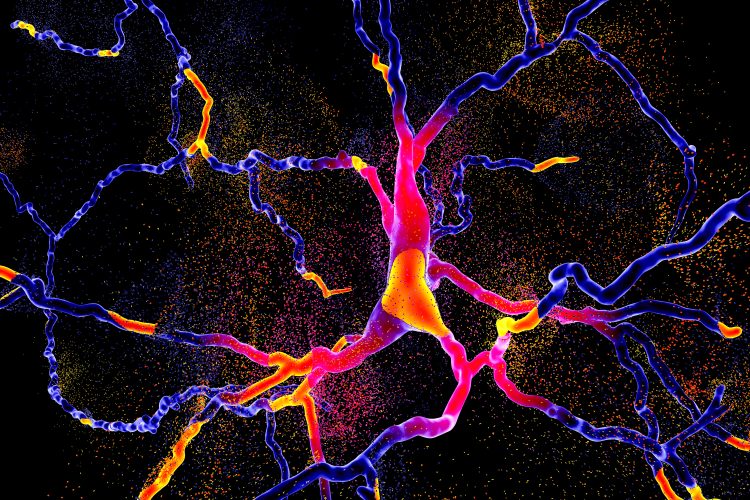Neurodegeneration enzyme identified in mouse models
Posted: 25 June 2019 | Drug Target Review | No comments yet
A new study has found an enzyme in the brains of mice models which induces Parkinson’s, suggesting future drug target.


A new study has identified that in mice models, an enzyme in the brain can metabolise compounds, leading to neurodegeneration. The researchers suggest that the enzyme, mitochondrial CYP2D6, presents a potentially powerful new target for Parkinson’s treatment.
The brain compounds, formed from alkaloids present in certain foods and tobacco, turned into that several endogenously formed 1-methyl-4-phenyl-1,2,3,6-tetrahydropyridine (MPTP)-mimicking chemicals that are metabolic conversion products. β-carbolines and isoquinolines especially act as neurotoxins that induce Parkinson’s or enhance the progression of the disease.
The research was led by scientists from the School of Veterinary Medicine, Pennsylvania.
“We believe that mitochondrial CYP2D6 is the more direct drug target, which might prove better in treating idiopathic Parkinson’s disease,” says Narayan Avadhani one of the lead researchers.
Previous studies found that similar toxic compounds induce Parkinson’s in rodents and primates. The compounds oxidised to form MPP+, a toxic metabolite. The enzyme thought to be responsible is called monoamine oxidase B (MAO-B). MPP+ was believed to be transferred to dopamine neurons using dopamine transporter proteins.
However, the new findings present a different pathway. The researchers investigated beta-carbolines and isoquinolines, toxins which resemble MPTP.
The team observed that mitochondrial CYP2D6 activated the beta-carbolines and isoquinolines inside the dopamine-producing neurons. They found that in a mouse model, these activations led to a display of Parkinson’s symptoms.
The team targeted this pathway and showed that mice lacking CYP2D6 did not display the severe symptoms that mice with the protein did. An inhibitor of CYP2D6 even prevented neuronal damage in the mice.
“The CYP2D6 inhibitor ajmalicine is a member of the reserpine family of alkaloids, found in the plant Rauwolfia serpentine and was long used in India for treating mental illness, such as paranoia and schizophrenia,” says Avadhani. “Mitochondrial targeting of such compounds is likely to be effective in treating Parkinson’s patients, and pursuing that is our future strategy.”
The study was published in the Journal of Biological Chemistry.
Related topics
Drug Targets, Neurosciences, Research & Development
Related conditions
Parkinson's
Related organisations
Journal of Biological Chemistry, School of Veterinary Medicine
Related people
Narayan Avadhani








